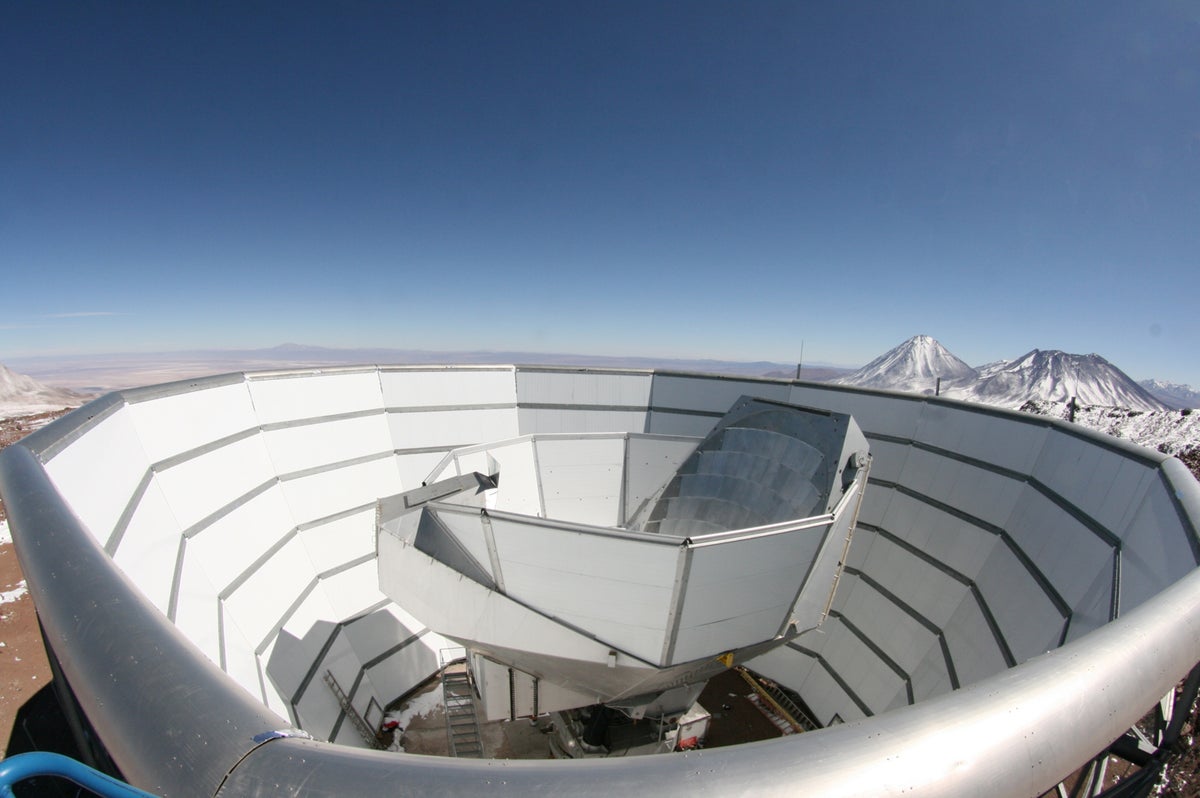Now Reading: Sharpest-Ever Images of the Universe Revealed
-
01
Sharpest-Ever Images of the Universe Revealed
Sharpest-Ever Images of the Universe Revealed

Quick Summary
- The final results from the Atacama Cosmology Telescope (ACT) provide the sharpest and most sensitive view of the early universe ever achieved.
- ACT,a National Science Foundation-funded observatory in Chile,operated from 2007 too 2022,mapping the cosmic microwave background (CMB)-the afterglow of the big bang.
- Researchers measured light intensity and polarization with unprecedented precision to estimate temperature, density, and velocity during the universe’s infancy (380,000 years post-big bang).
- Findings reinforced the standard cosmology model (Lambda-CDM), which relies on six core parameters describing dark energy and cold dark matter as main forces shaping cosmic evolution.
- The observable universe was found to contain an equivalent mass of roughly 1,900 “zetta-suns,” comprised mostly of dark energy (~1,300 zetta-suns) and dark matter (~500 zetta-suns). Normal matter accounts for only ~100 zetta-suns.
- expected discoveries about new physics beyond Lambda-CDM weren’t realized; scientists confirmed earlier conclusions rather than unraveling mysteries surrounding phenomena like dark matter or energy.
Images included: Views of ACT’s measurements of CMB temperature augmenting Planck satellite data; polarization visualizations highlighting material motion in early cosmos.
!ACT Measurement Temperature
Image Source: Scientific American
!ACT Polarization Data
Image Source: Scientific American
Indian Opinion Analysis
This milestone in cosmological research has reaffirmed key aspects of our understanding about early-universe physics while demonstrating advancements in observational technology. for India’s scientific community interested in astronomy or theoretical physics-and its burgeoning space exploration ambitions through ISRO-findings like these offer inspiration. They underscore how precise measurements can validate broad scientific theories despite unresolved gaps like those around dark energy or matter.
The work also emphasizes long-term international collaboration for large-scale science missions-a model that countries including India could adopt further when pursuing ambitious projects such as upcoming lunar explorations or exoplanetary studies.While Lambda-CDM simplicity holds firm against deeper challenges posed by advanced datasets, contributions from observatories like simons Observatory highlight open areas where newer facilities may finally yield groundbreaking insights vital not just for global understanding but also India’s academic contributions abroad.























